Lat night I watched an interesting movie on Netflix called Made You Look, about a string of art forgeries sold for unbelievable sums of money from the late 1980s till 2018.
Actually, I have only one quibble with the show, in that it should have been entitled Made You Look Foolish — because not only were art collectors taken in by the fakes, but art authenticators, catalog printers, auction houses and of course, art dealers (who are to the art business what agents and managers are to the music world — i.e. a bunch of venal rogues, thieves and manipulators).
Spoiler alert (although anyone with a brain could see this coming): when works of art sell for bajillions of dollars, the incentive for forgery increases exponentially. In the case above, all the forgeries were created by one man — some little old Chinese (quelle surprise ) artist living in Long Island NY — who had a real talent for painting in the style of most of the American abstract artists of the 20th century. He handed them over to a guy who faked the paintings’ condition (so they’d look as though they were painted in the 1950s, say, instead of 1986). Then the paintings were given to a shady art dealer with absolutely no history of art dealing (!!!!!) who then told a gullible art dealer in (where else?) Manhattan that the paintings came from an anonymous collector of unknown name and no history (!!!!) — and then the fun ensued, when the dealer purchased a painting by Jackson Pollock for, say, $950,000 (!!!!) who then turned around and sold it to some rich asshole for… $9.1 million (!!!!!!!!).
What astonished me is that this didn’t happen back in the 18th century, when nobody knew nothin’ about art authentication; no, this happened during a time when a paint’s age (and even the age of the canvas) could be determined by chemical- or spectrographic analysis. Even when this was done and the forgery exposed, nobody did anything, because there were so many reputations at stake: those of the collectors, of the art dealers, of the art critics, and so on. Nobody likes to look a fool, but untold hundreds of people were.
I’m going to make one statement here that was never mentioned in the movie. Frankly, the abstract style of art is such that I’m amazed that there haven’t been millions of forgeries, all done in middle-school art classes. Think I’m joking? Take a look:


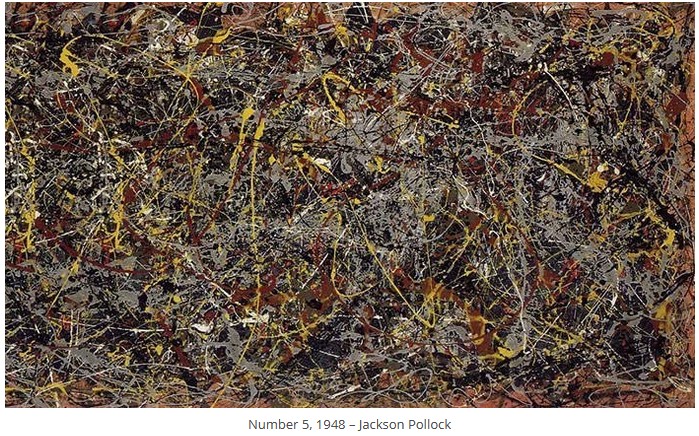
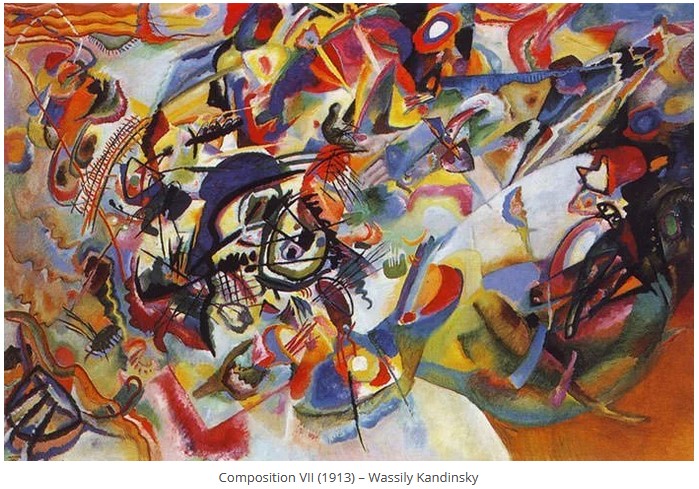
(Longtime Readers will know of my utter loathing for Pollock’s art, for all sorts of aesthetic reasons, but the others are no less awful.)
Never mind the sneers you get when you say that your 4-year-old granddaughter could paint a Rothko; maybe she can, and maybe she can’t — but a 70-year-old Chinese artist of no particular artistic merit could, and did: fooling all the above pretentious assholes into going into raptures about this kind of dreck, and paying lots of moolah for it.
By the way, I have no problem with people owning copies — even great copies — of masterpieces. I happen to have a dozen or so scattered around my house myself. Here are some, for example: Monet’s Blue House At Zaandam :
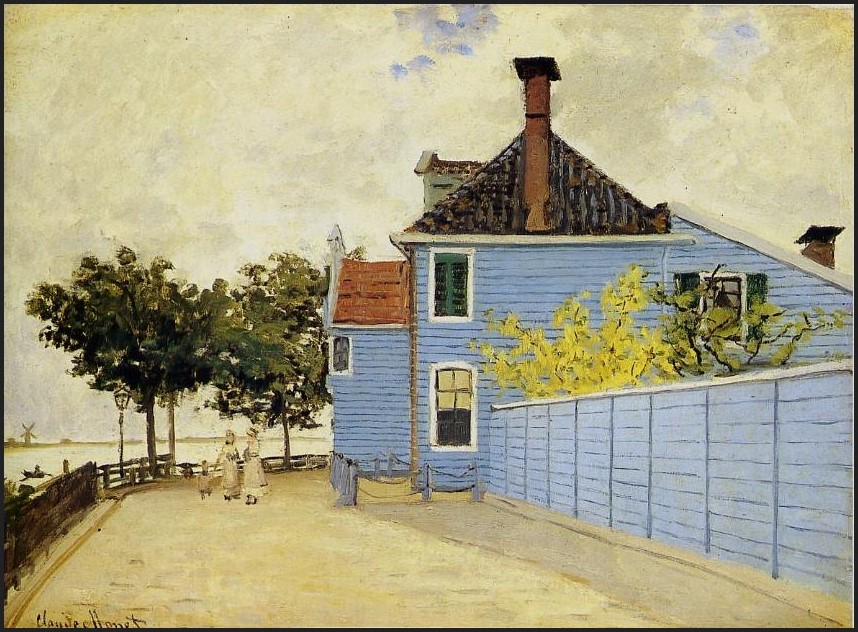
…Winslow Homer’s A Wall, Nassau :
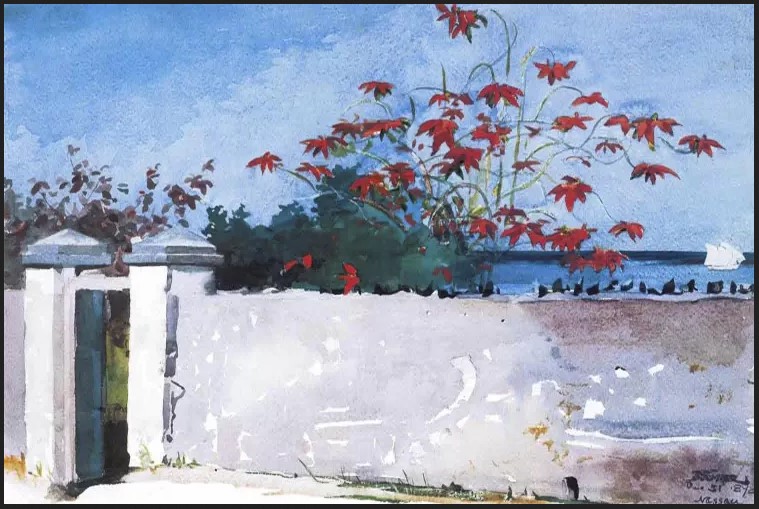
…and Childe Hassam’s Lower Fifth Avenue :
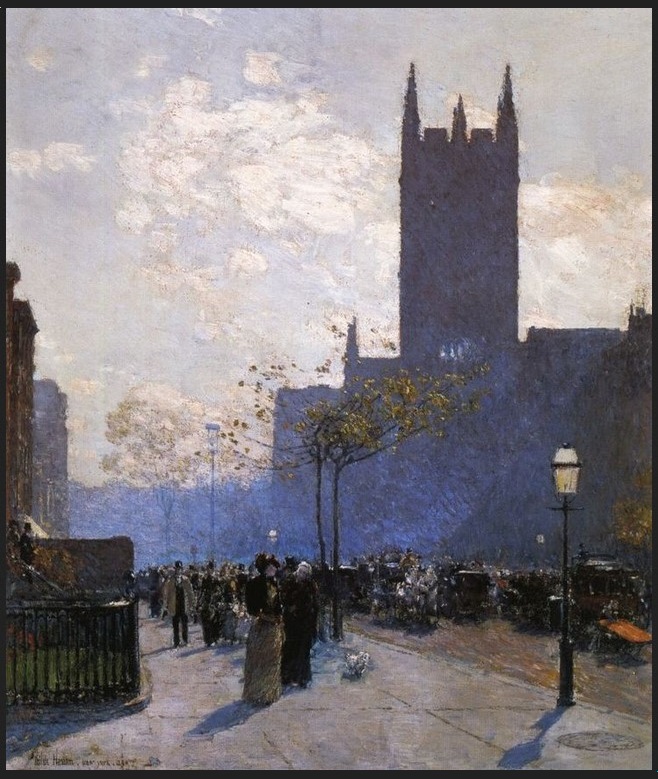
The big — giant — difference between me and those rich suckers is that I paid about $80 (eighty) each for my copies (including shipping), and I cheerfully admit that they’re not originals. (They come from iCanvas.com, by the way, and they’re created by machines using acrylic paints which look so like the original oils that it makes little difference.)
They’re also Impressionist paintings (none of that abstract splashing and daubing for me, no thank you).
I have to tell you that even if I won a huge lottery, there is no way I would ever pay millions for an original, no matter how much I may love the artist.
Especially when the “original” may turn out to be a fake, painted by a little old Chinese guy in Long Island.
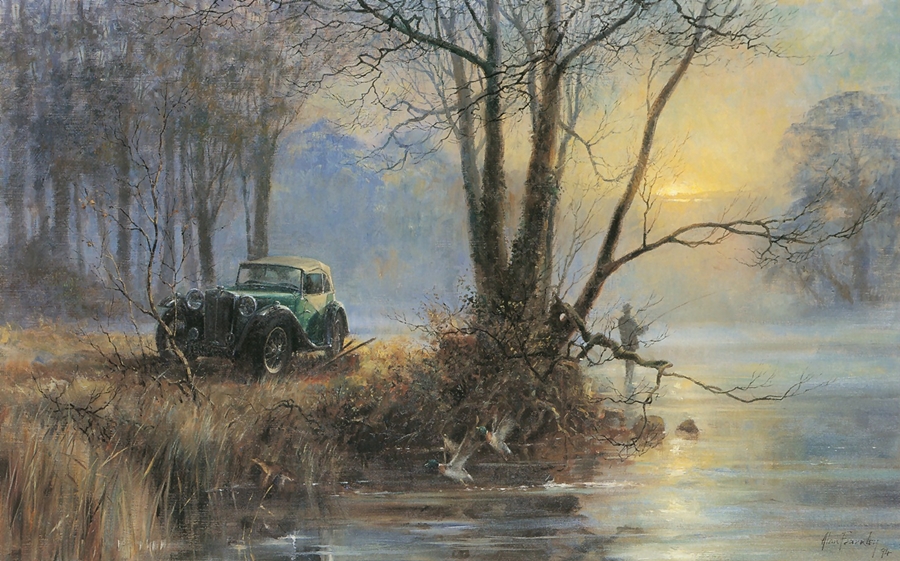
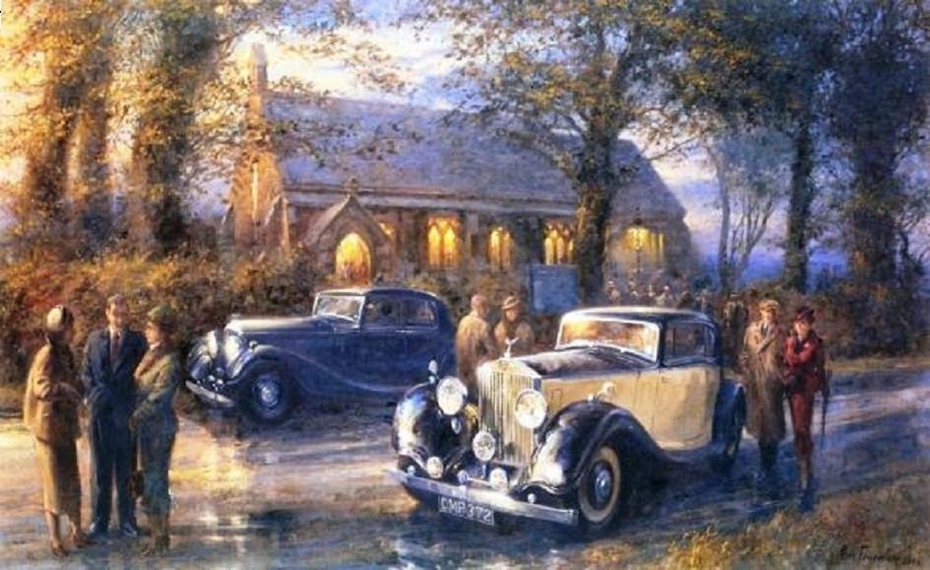
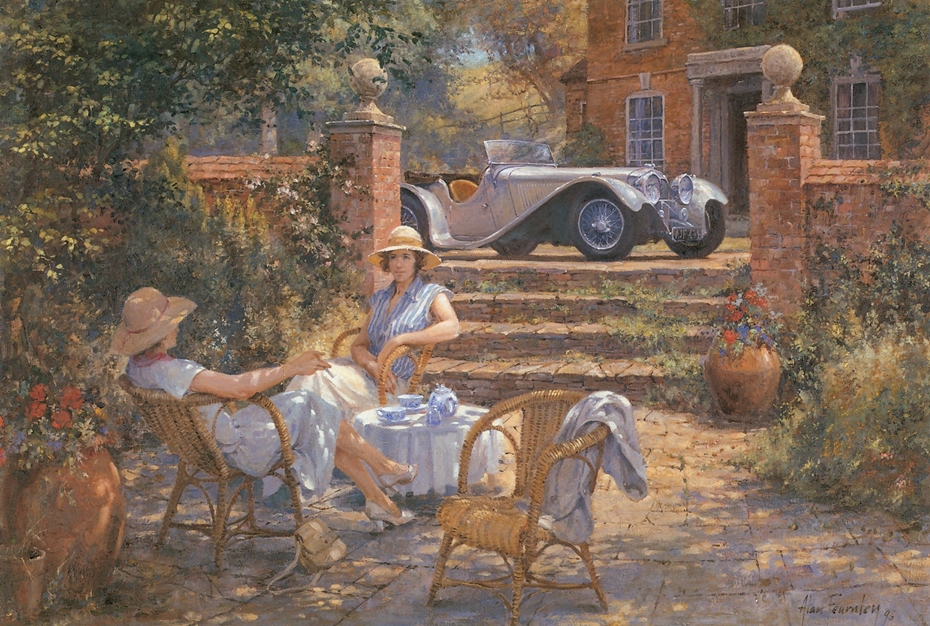
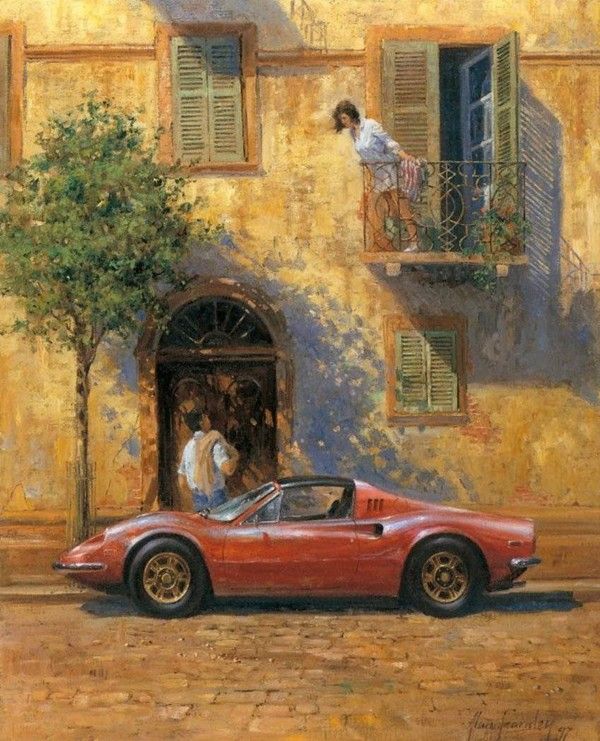
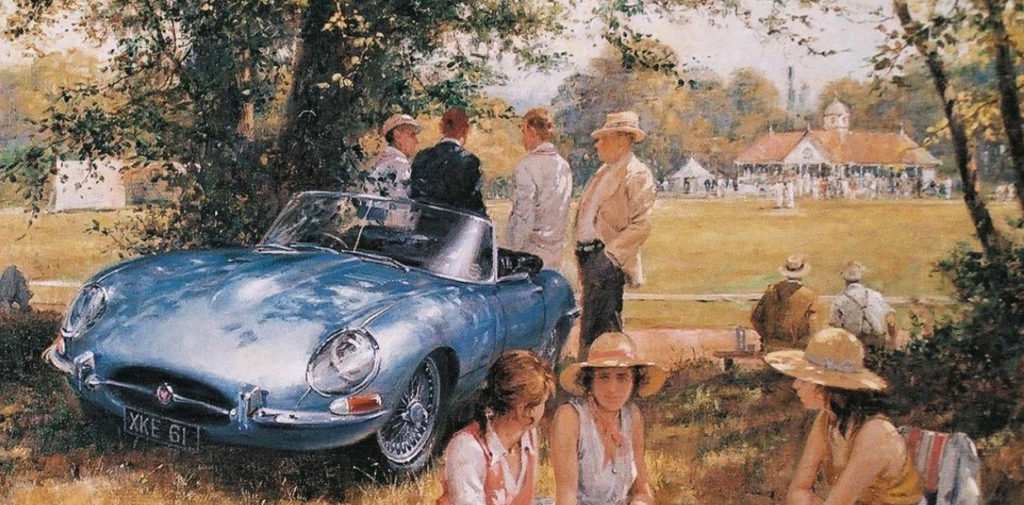
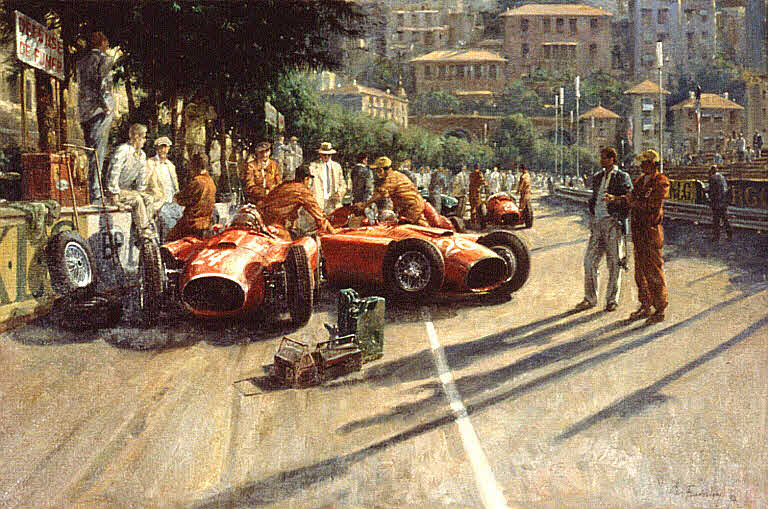

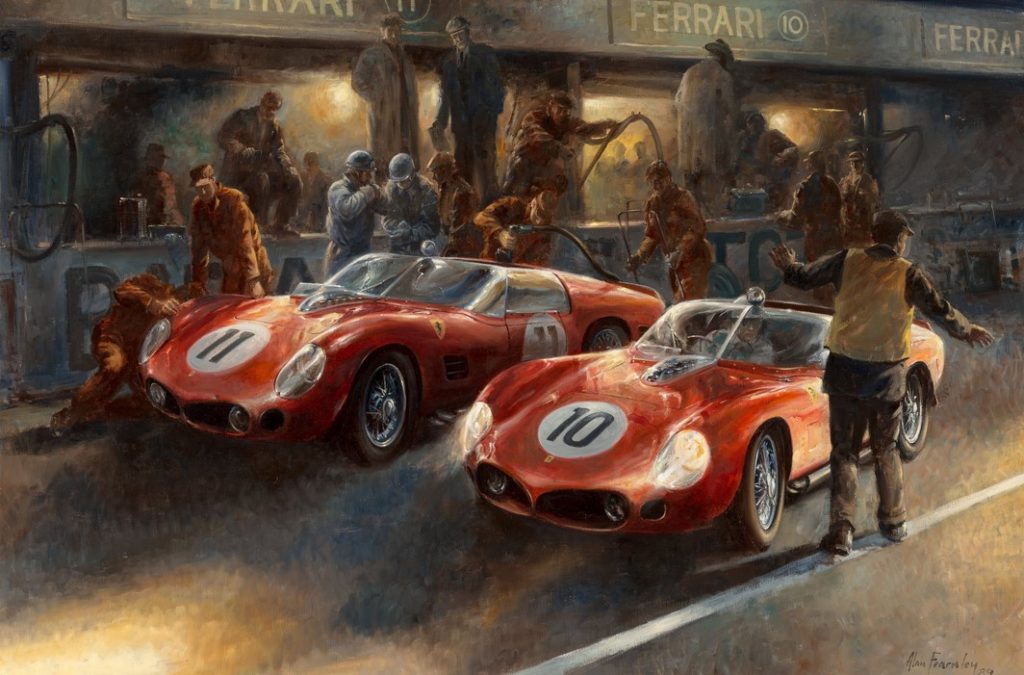


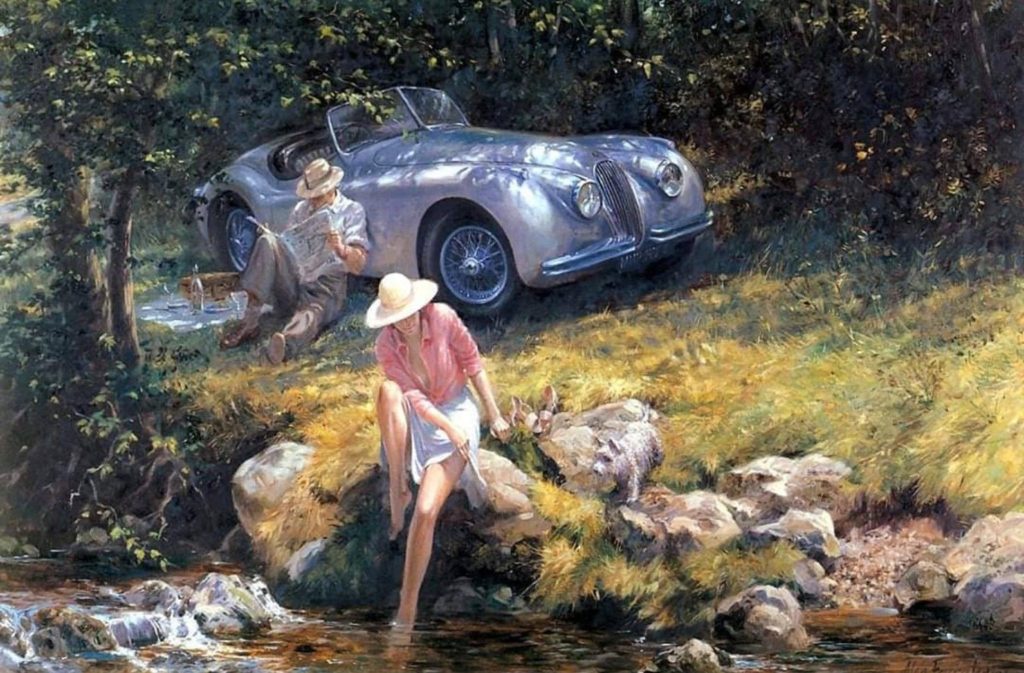

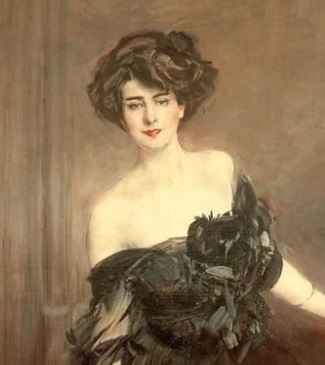
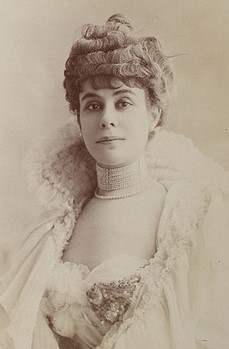
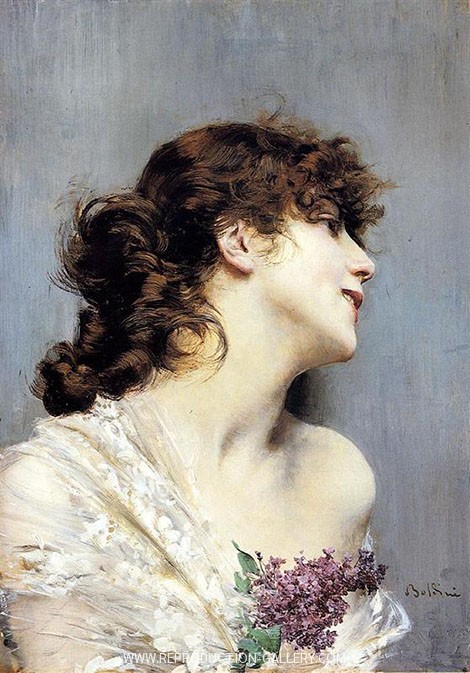
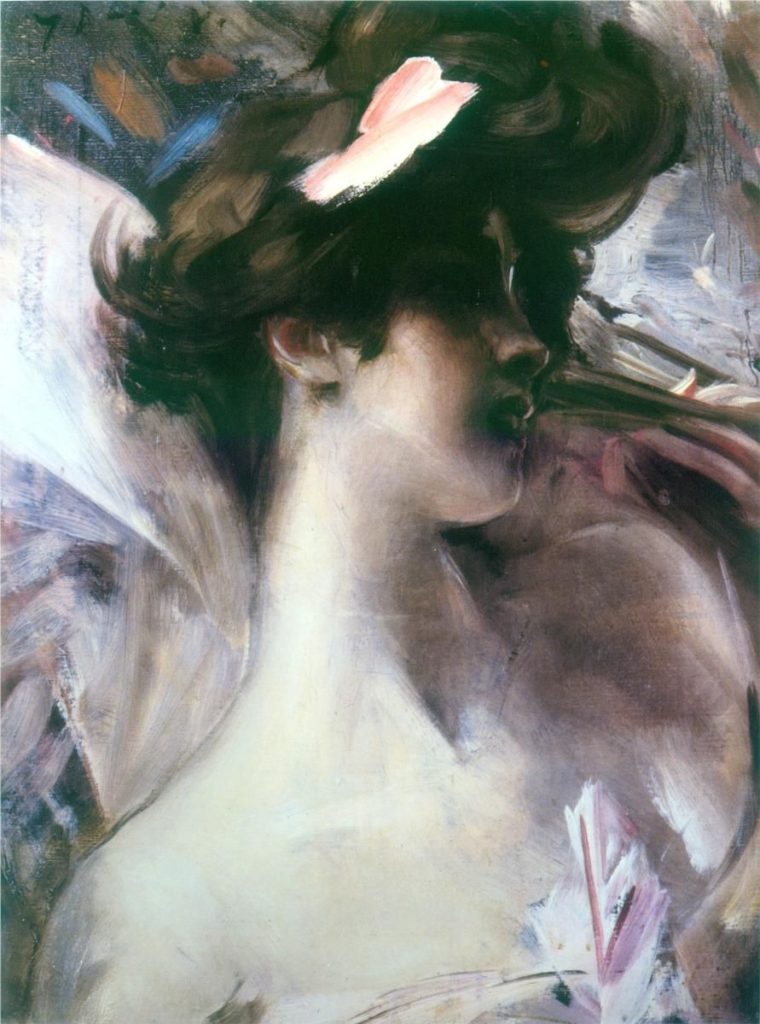
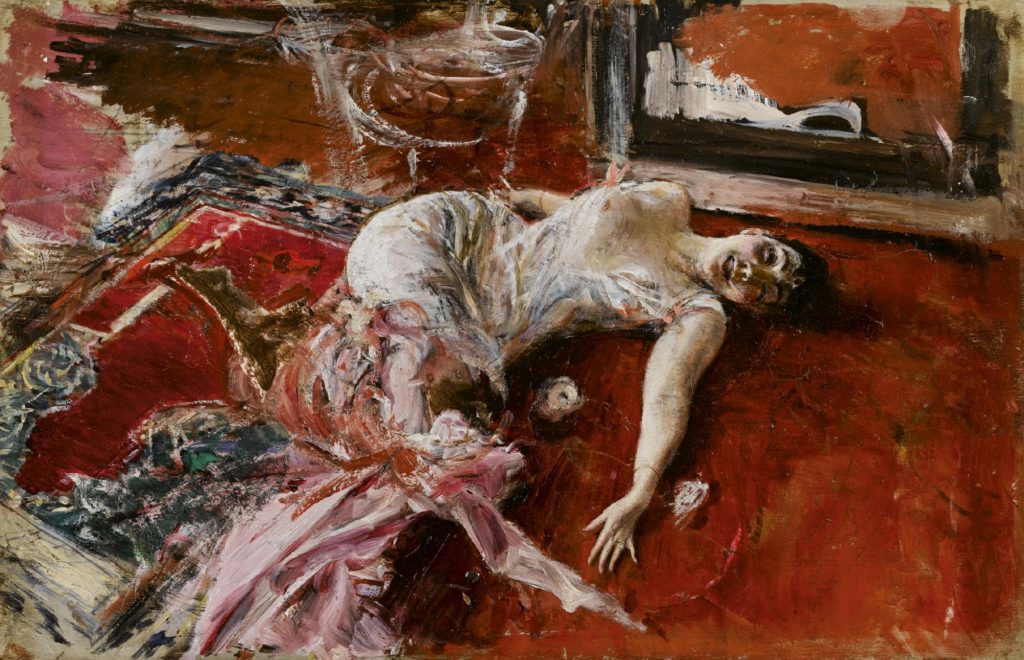

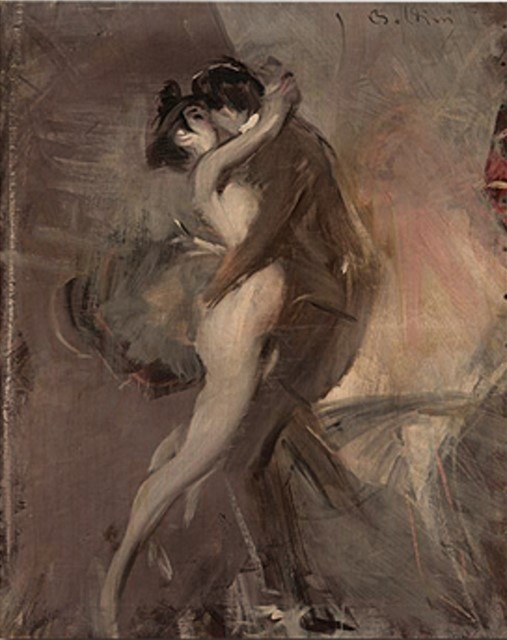
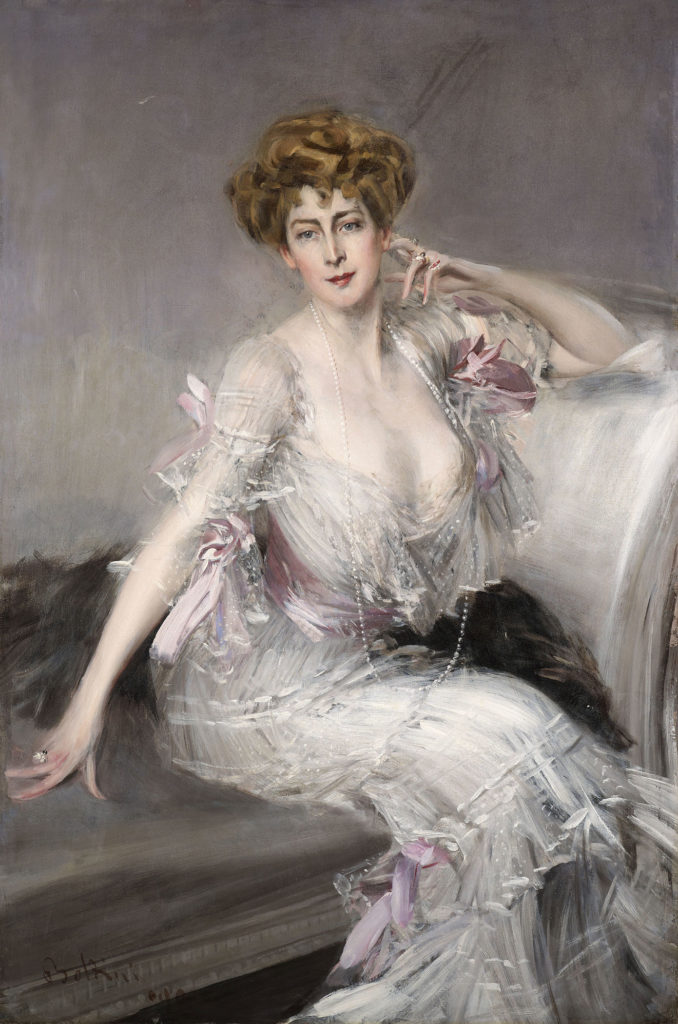

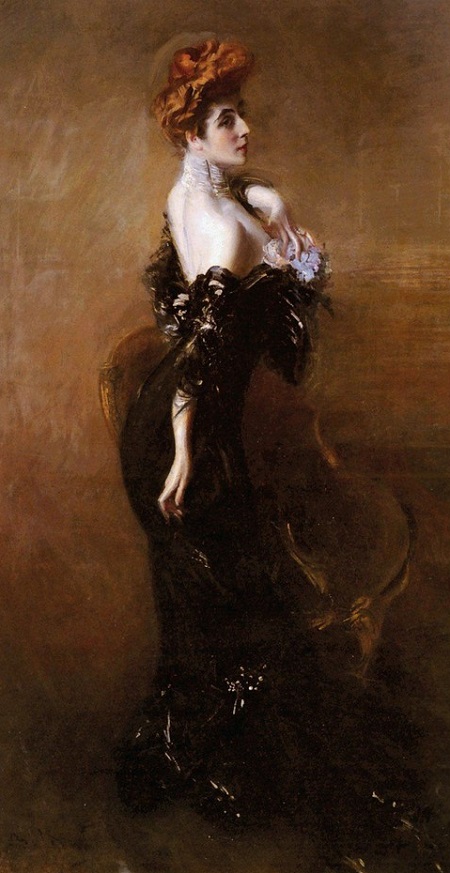







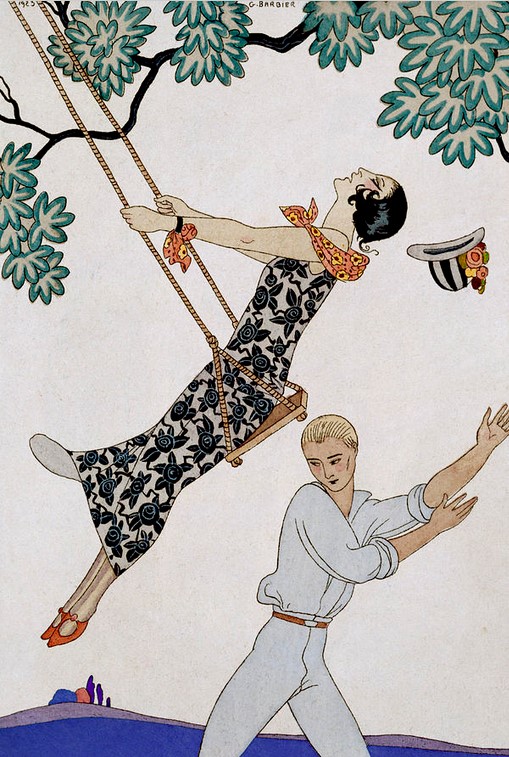
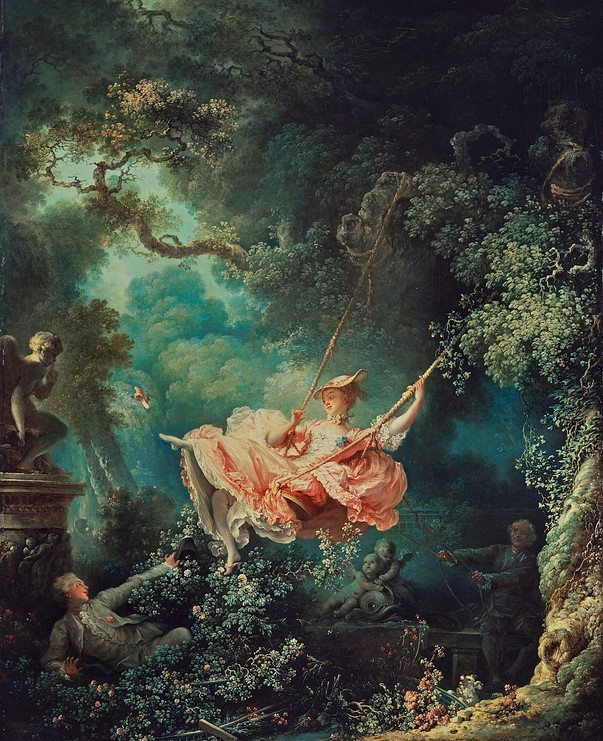
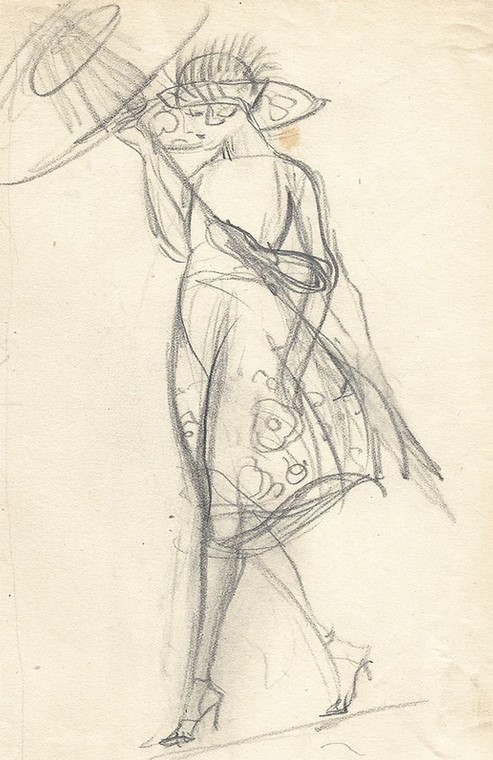
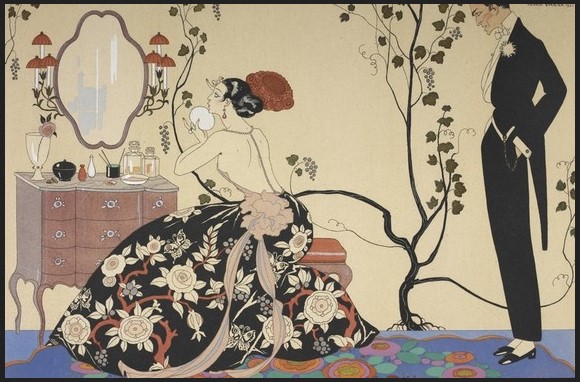


If you look closely at Nemidoff’s face (between portrait and photo), you can see that he captured it rather well. What Boldini did was to take her hair out of that ridiculous corseted Edwardian hairstyle and tousle it into that wild, wanton bush.
Now throw in a little non-Edwardian off-the-shoulder decolletage and a sexy pose with hooded eyes…
…and there you have it: a perfect Boldini portrait.
No wonder they all loved him and he had more business than he could handle.